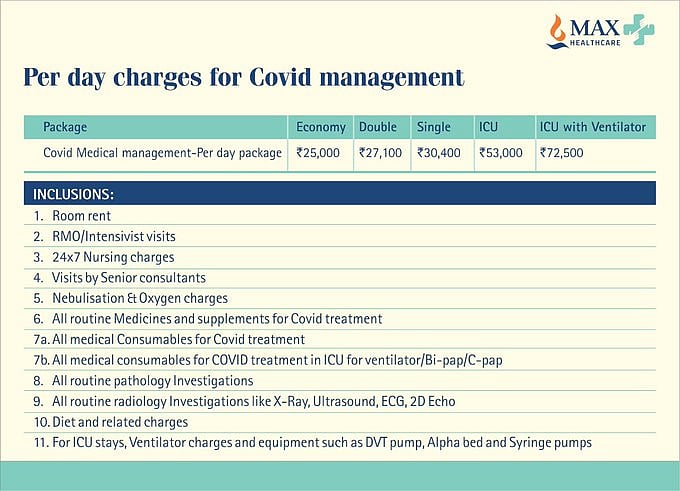66 per cent of people equipped to provide medical care in rural India do not have a formal degree, Hindustan Times reported Saturday.
According to the report, a study was conducted by the Centre for Policy Research in New Delhi that made the revelations.
As part of the study, which was published in Social Science and Medical journal, 1,519 villages across 19 states were surveyed. The survey showed that while 75 per cent of villages had at least one healthcare provider, 68 per cent of the medical care givers had no formal degree.
Interestingly, the study also revealed that a formal medical degree was not a predictor of quality, as medical knowledge of informal medical providers in Tamil Nadu was higher than that of trained doctors in Bihar and Uttar Pradesh.
Notably, a 2016 World Health Organisation study on the ‘Health Workforce in India’ highlighted that 57.3 per cent of people practicing allopathy in India were not medically qualified to do so. Of these individuals, 31.4 per cent were educated up to secondary school level.
Before the coronavirus outbreak and the desperate need to increase beds and hospitals in the nation, India’s medical sector was in shambles. We’re not to say that there is a significant improvement today, but it has taken the centre and state governments a pandemic to realise the need to invest more in healthcare.
Government data revealed that in India, there is one government allopathic doctor for 10,000-plus people, and one hospital bed for every 2050 people. Furthermore, there is one state-run hospital for nearly 1 lakh people. In 2017, data from the National Health Profile showed 10 per cent of the doctors worked in the public healthcare sector.
World Bank estimates suggest that for developing or middle-income countries, a 10 per cent increase in public health expenditure as a proportion of the GDP would be associated with a 7 per cent decrease in maternal mortality rate, 0.69 per cent decrease in child mortality rate, and a 4.14 per cent decrease in low weight for children under five years of age.









